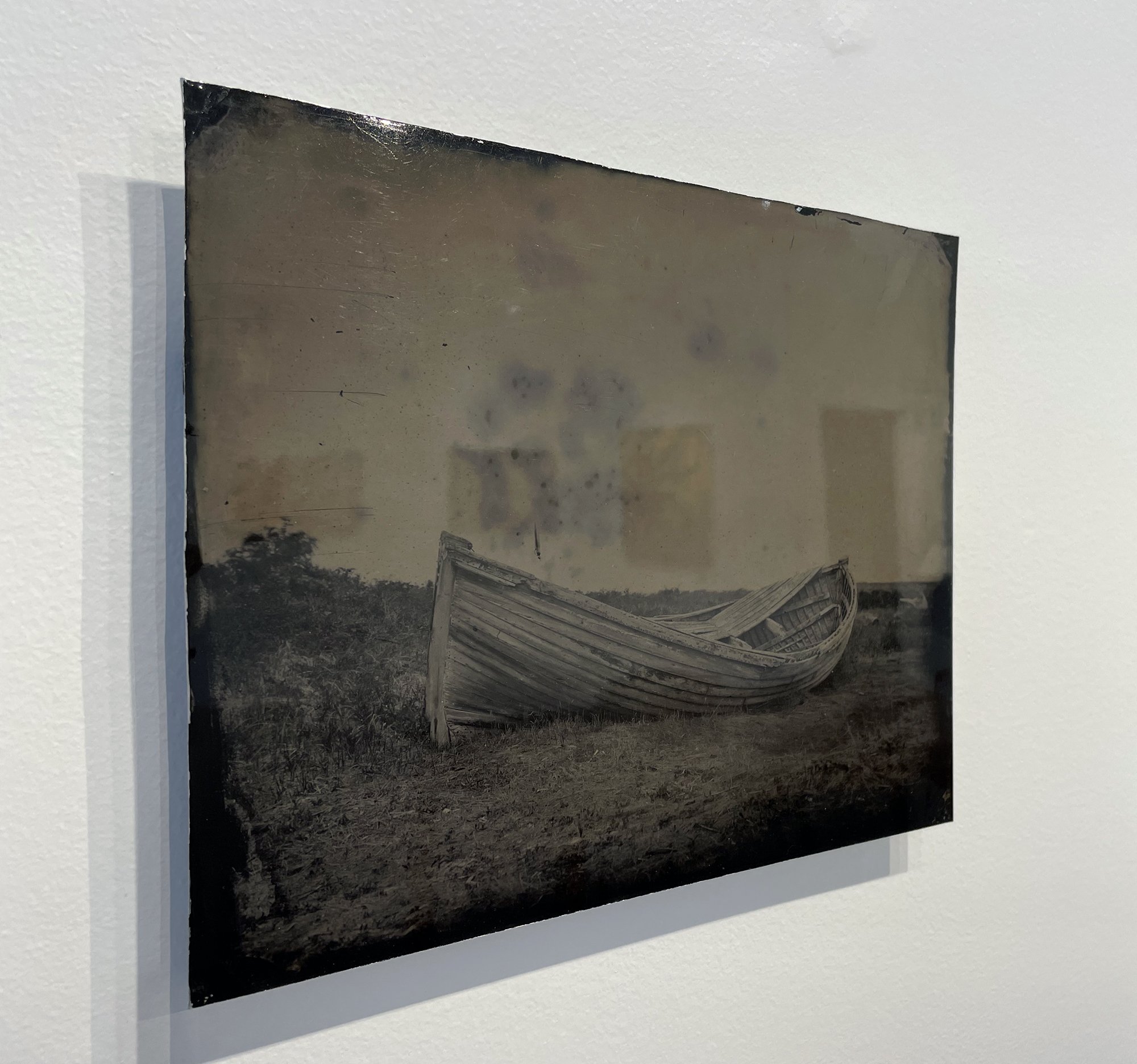The Maine Museum of Photographic Arts launched the new MMPA Gallery May 3, 2022 with an opening exhibition including a selection of works by Cole Caswell. Eighteen prints were selected from six portfolios representing Cole’s explorations in the environment using historic photographic processes. In this feature we present a view from under the dark cloth as Cole shares on-site documentation of his process of creating these gorgeous photographs in the field.
Event Horizon
Event Horizon is an exhibition that represents Cole Caswell’s multiple approaches to photography. The images on display include contemplative seascapes, studies of the sun and atmosphere, and detailed close-ups of collected spider webs and plants gathered from around the artist’s island studio. The processes employed to produce these pieces range from the 19th Century Wet Plate Collodion process, large-scale cyanotypes produced in nature, and even photograms created by detonating explosive material in close proximity to photographic paper. Through these varied processes and experiments, Caswell engages with remnants and patterns in our landscape and environment that reflect contemporary strategies of civilization and our ability to survive.
Mobile Studio:
Caswell lives and works out of this 1983 Volkswagen camper van. A portable darkroom and other equipment for making work off the grid allow him to travel and photograph in remote places throughout the county.
For the past decade Caswell has been living and working nomadically throughout the country, exploring man’s ability to subsist and create within our contemporary environment. Whether on the road or in his studio on Peaks Island, Maine, he continues his research and exploration into emergent and experimental photographic techniques, perspectives, and applications. The Event Horizon exhibition revels in these experimentations and questions how we perceive the modern landscape and our relationship to it. It is an accumulation of Cole Caswell’s observations on the shifting nature of reality.
Cole Caswell, Garden Apparition #5, 2022, Cyanotype on fabric, 54 x 40 inches. Purchase Print $2500
Cole Caswell, Source #ME054, 2019, Cyanotype on Fabric, 50 x 40 inches. Purchase Print $2100
Printing in the Field with Cyanotype
Taking his mobile studio around the country, Cole photographed the land and was able to make large cyanotypes on fabric in the field. With some ingenuity, the cyanotype printing out process that essentially develops in water is an ideal method of printing and developing in the field. Click through the images below to follow the steps from sensitizing the fabric to developing the print in water.
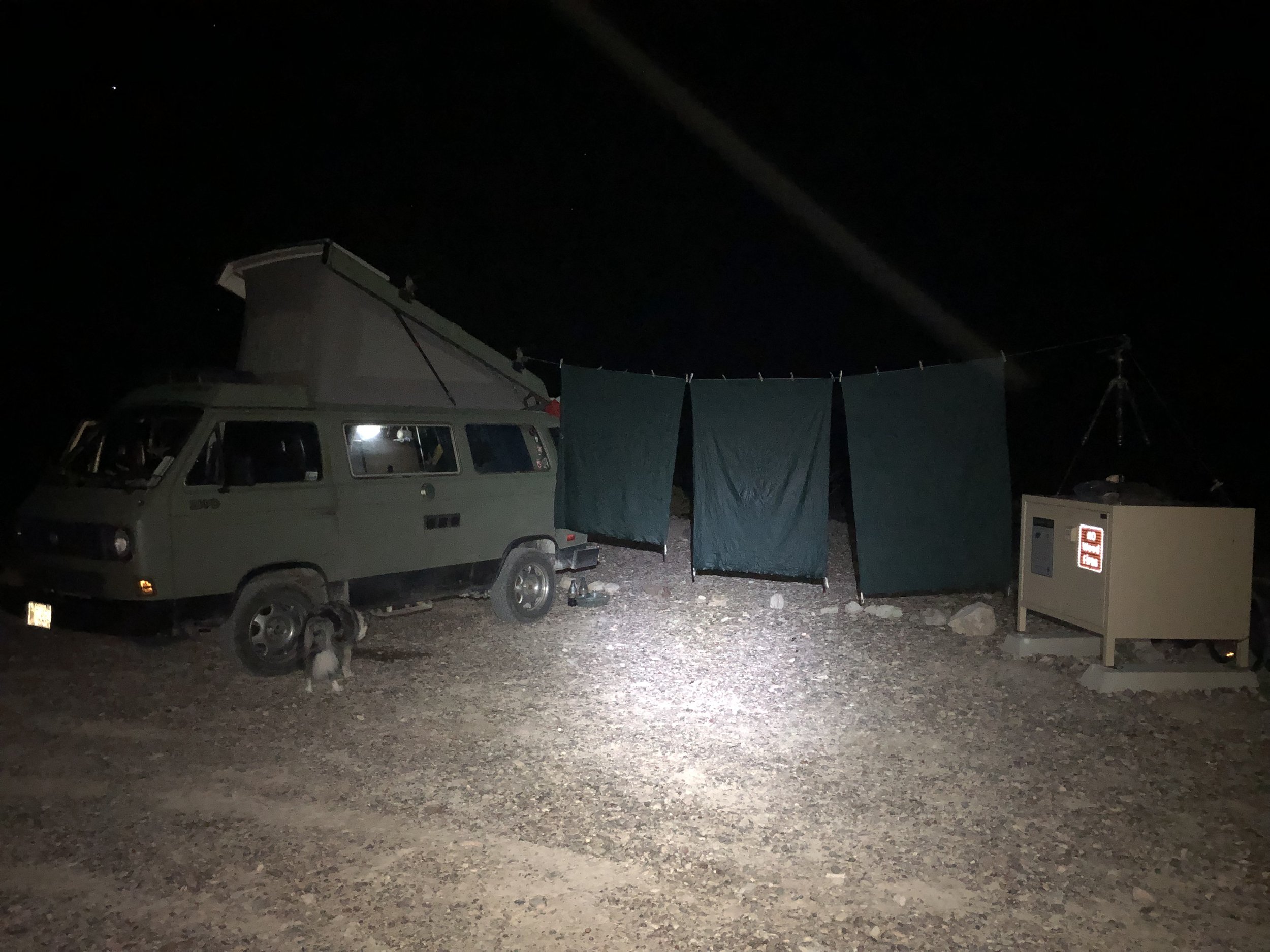
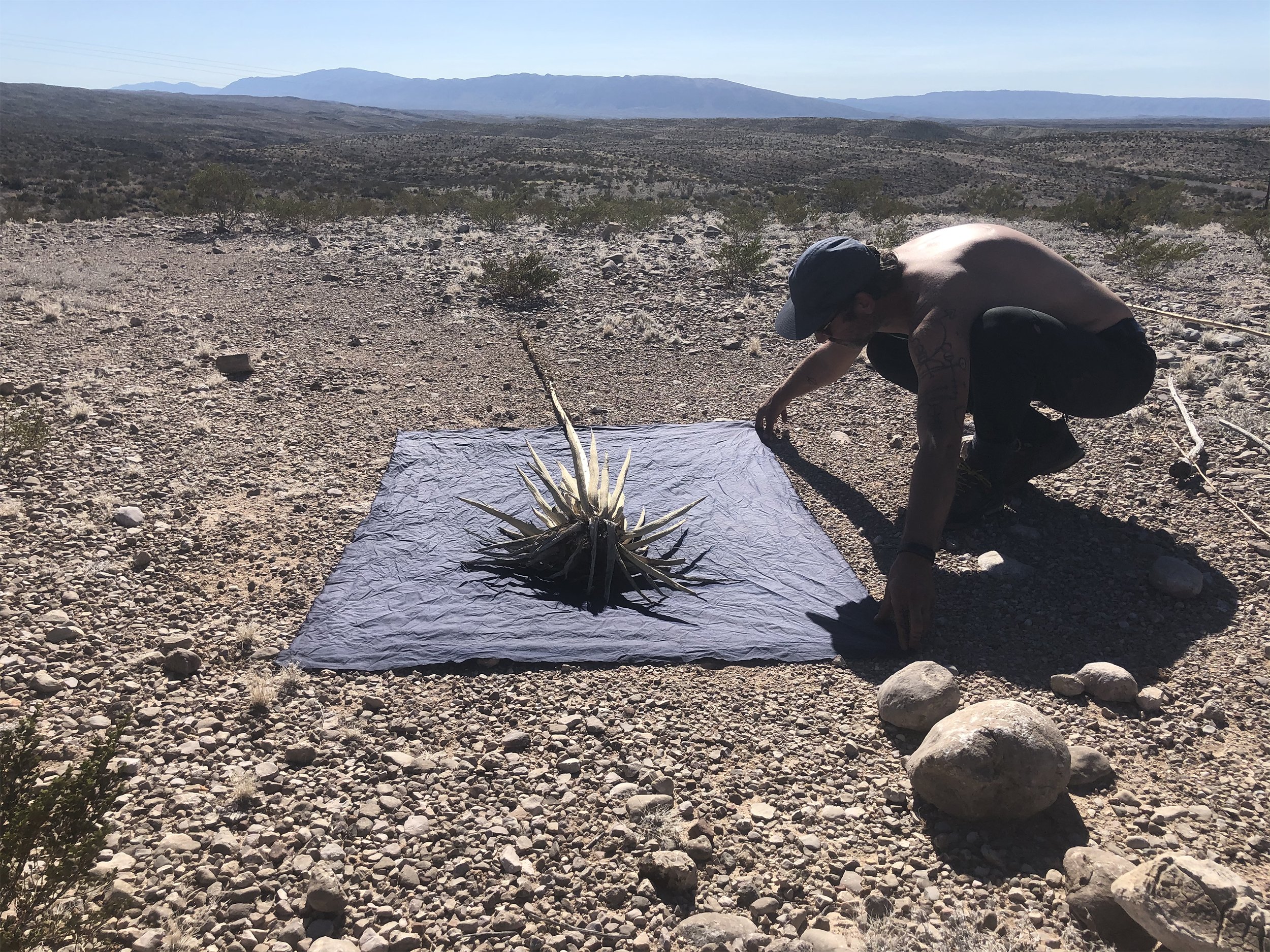
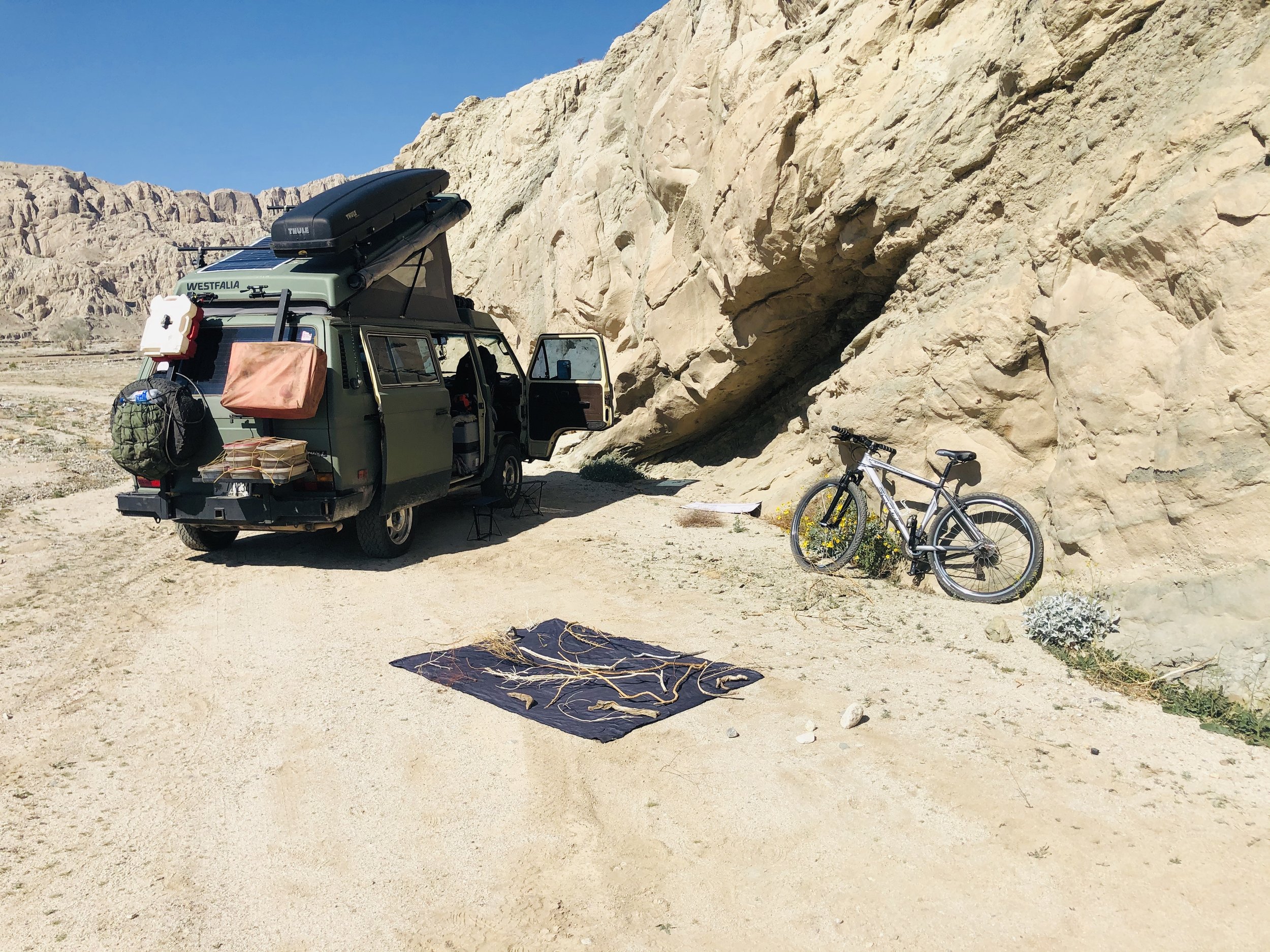
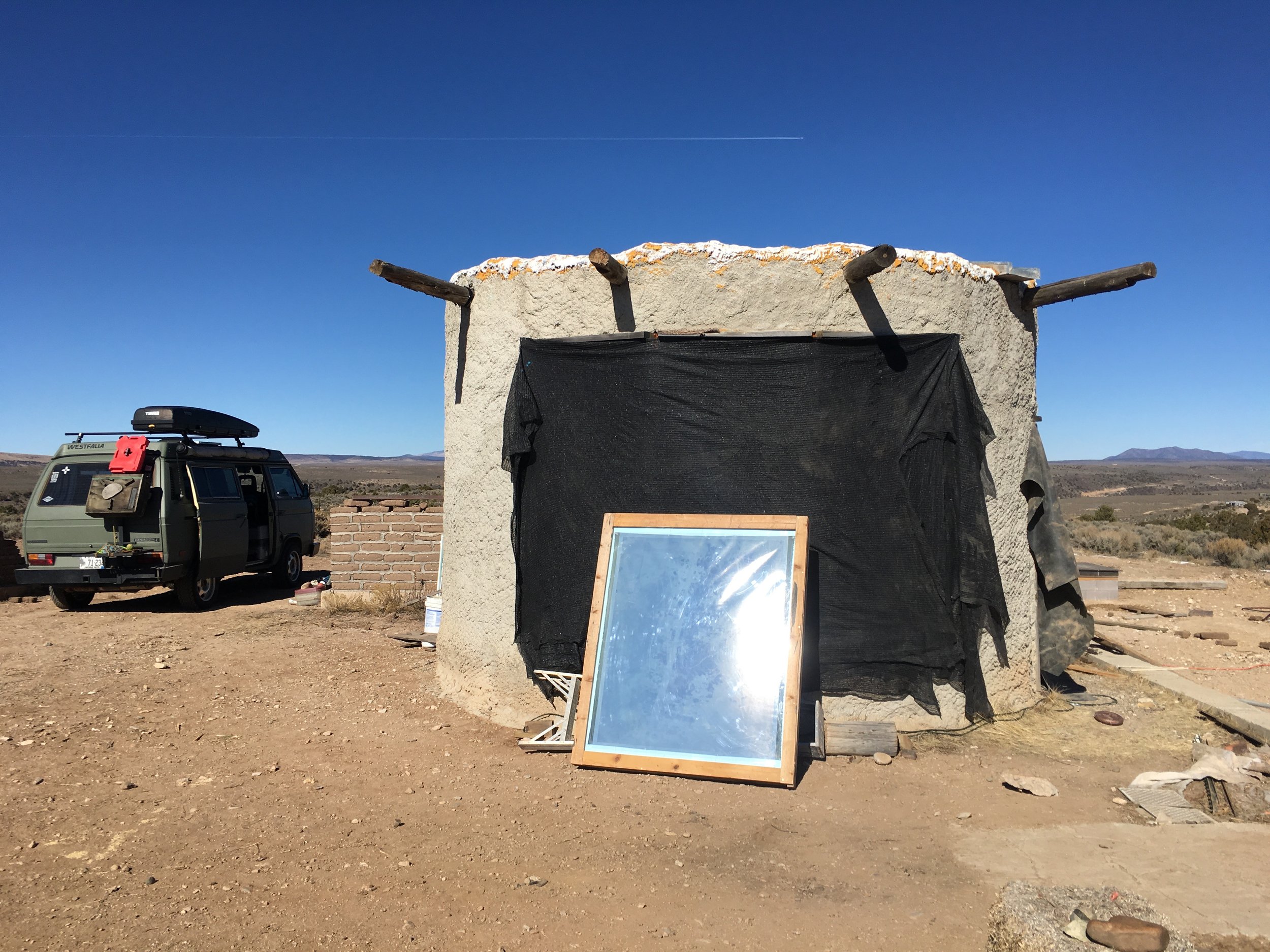
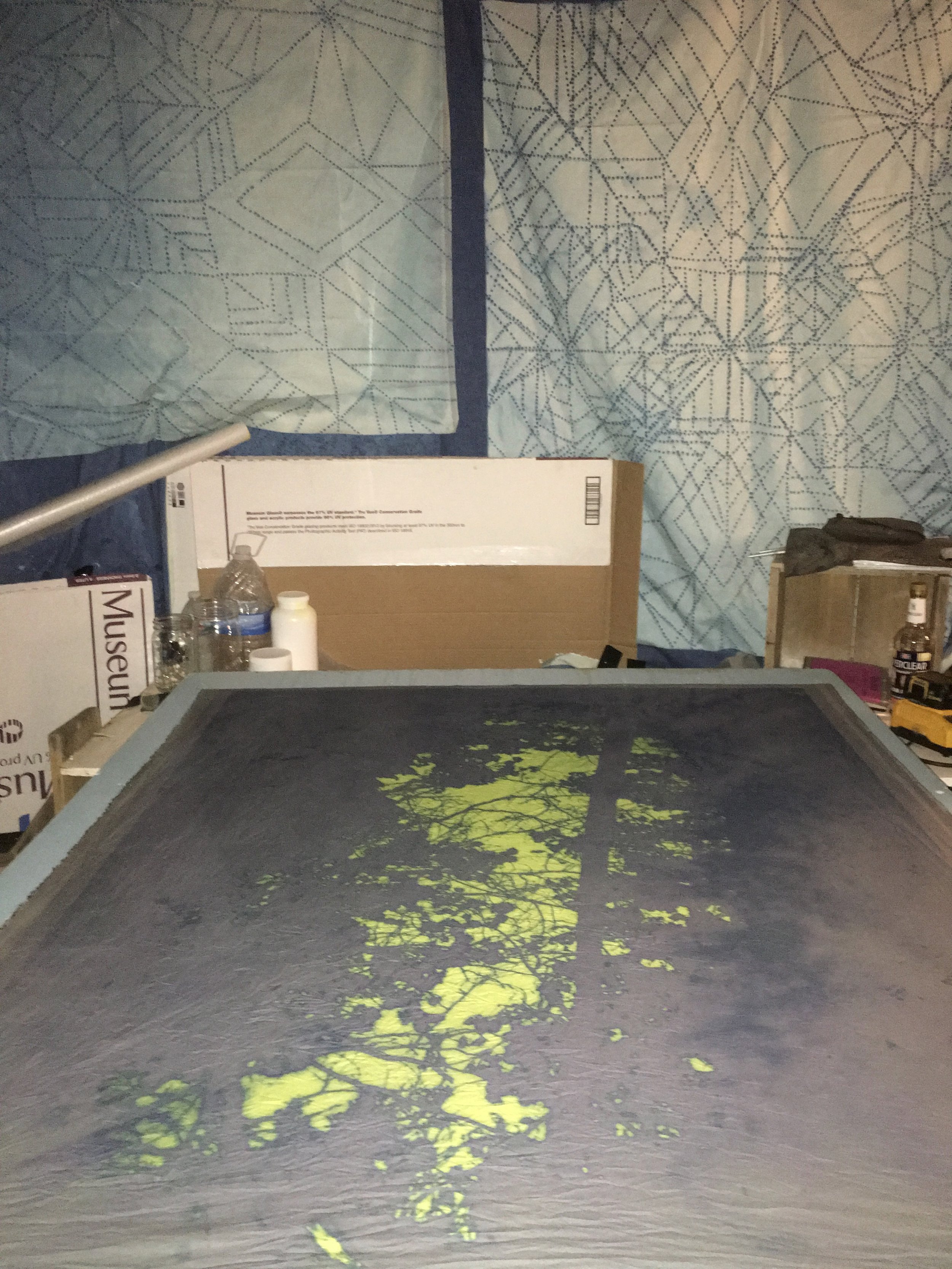
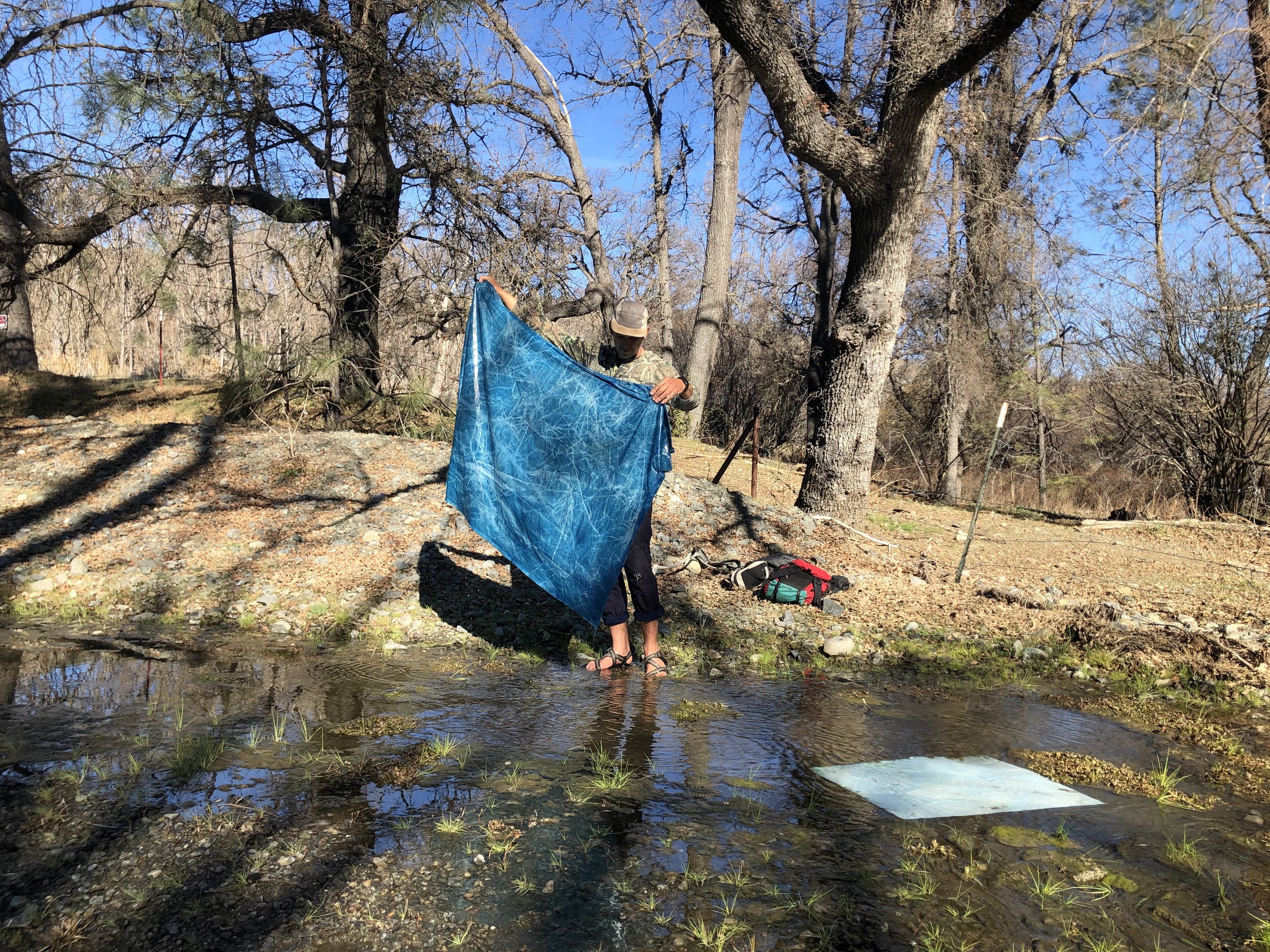
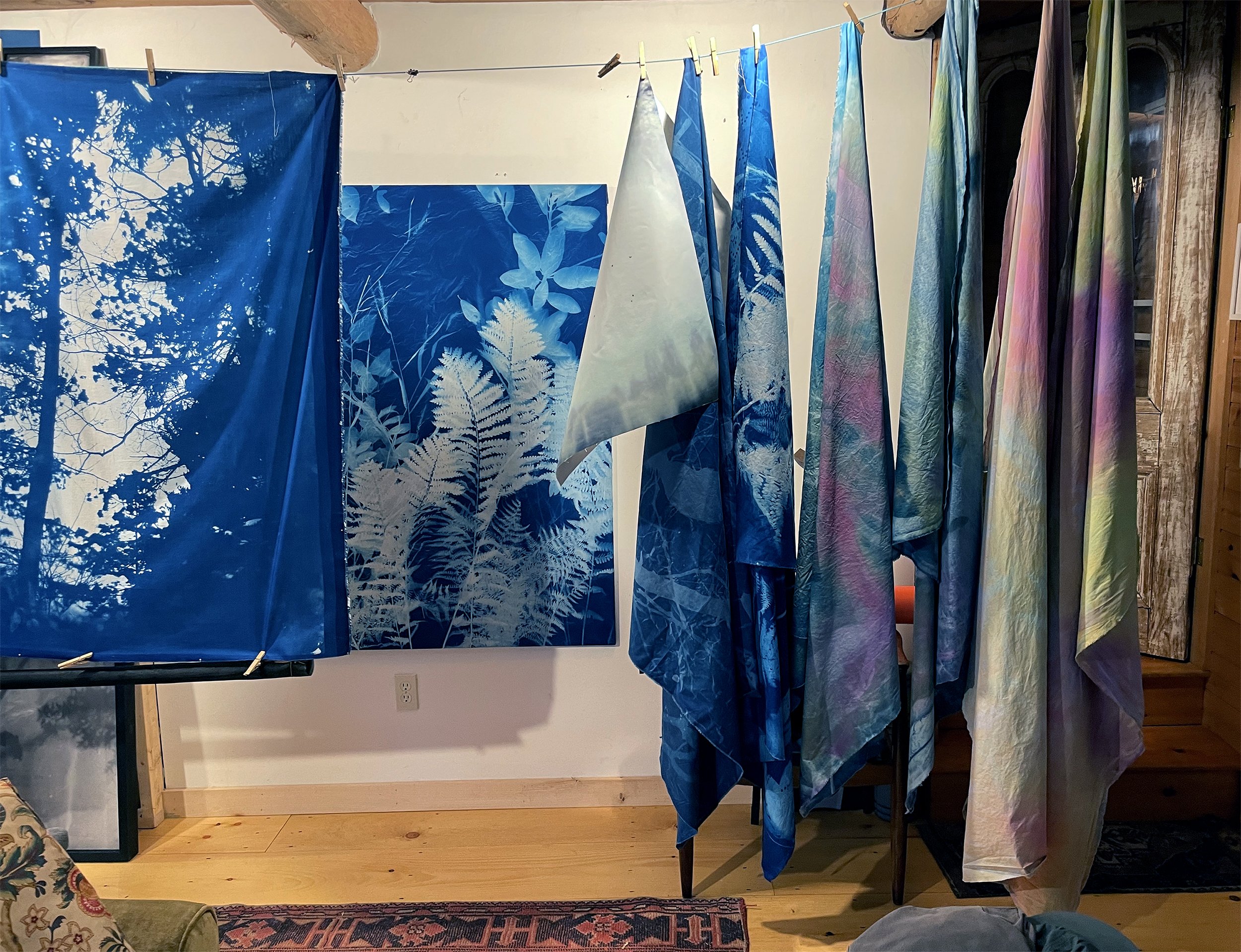
Rise
Rise is a photographic investigation of the coastal landscape in Maine that will be lost to sea level rise. Made using the wet-plate collodion process the images depict places that will be underwater or rendered unrecognizable by the turn of the century. Reclaimed by the ocean.
Cole Caswell, Fore River Plate 039, From the series, Rise, 2021, Pigment print, 30 x 24 inches. PURCHASE PRINT $1800
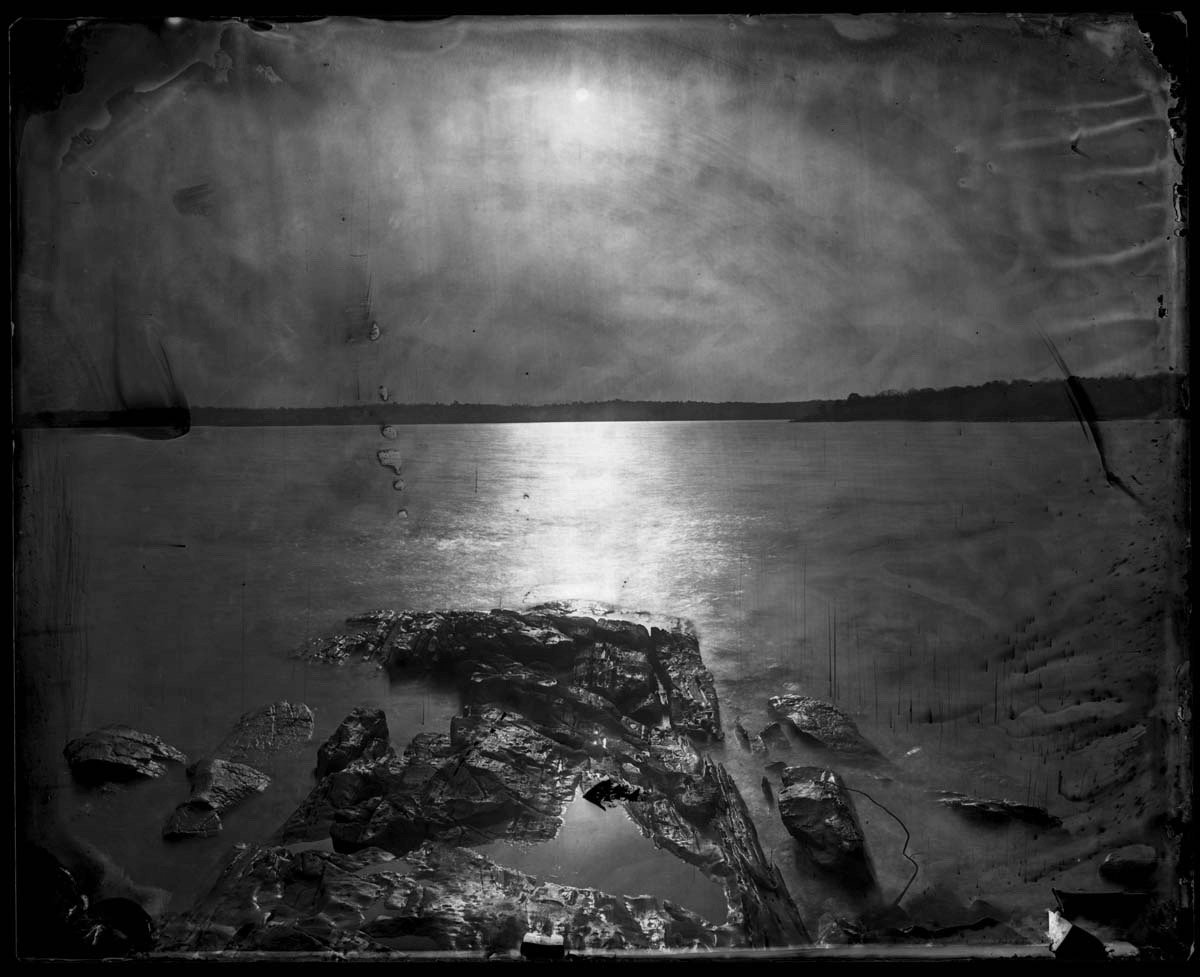
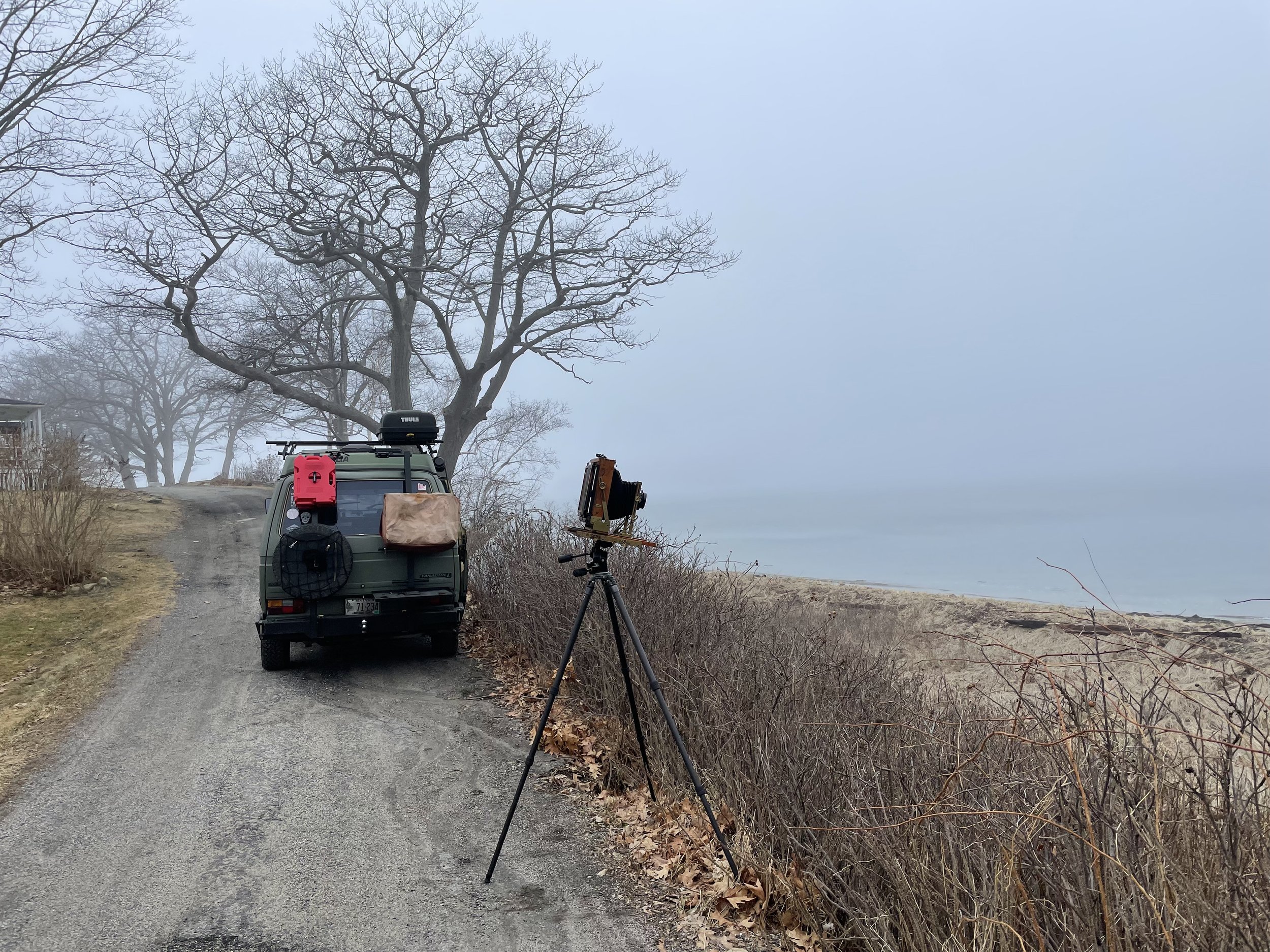

Survival Lines
Survival Lines is a visual exploration using the historic photographic process of wet-plate collodion to collect and explore the webs of spiders. The works are created when the web is directly collected onto a prepared glass plate from the landscape surrounding my studio in Maine. I see these works as a combination of scientific specimens, explorations of form, and metaphors related to the human world webs we need to survive. The underlying interconnectedness of our contemporary world drives my questions and investigations into these works.
The Source
Cole Caswell, The Source Grid, 2015–2016, Tintypes, Forty 10 x 8 inch plates
Date: 2017
Location: Maine, New Hampshire, Wisconsin, California, New Mexico.
Materials: Eighty-one 8″x10″ tintypes.
The Source uses visual experimentation to expose visions of the sun hidden from the human eye. Pushing at the idea of revealing that which cannot be seen the works reflect on our contemporary understandings of place, space and time. Abstract and detailed depictions of the sun pick up subtle silhouettes of trees and power lines grounding the images. However details in the sun’s relationship to clouds and atmosphere combine with aberrations in the wet plate emulsion creating an abstracted view of the qualities experienced within a place. In a reflexive manner, the works also play with the idea of looking into the sun – and photographing the source of light.
Cole Caswell, Celestial Navigation, 2016, Tintype, 8 x 10 inches. $850 SOLD
And it All Went BOOM
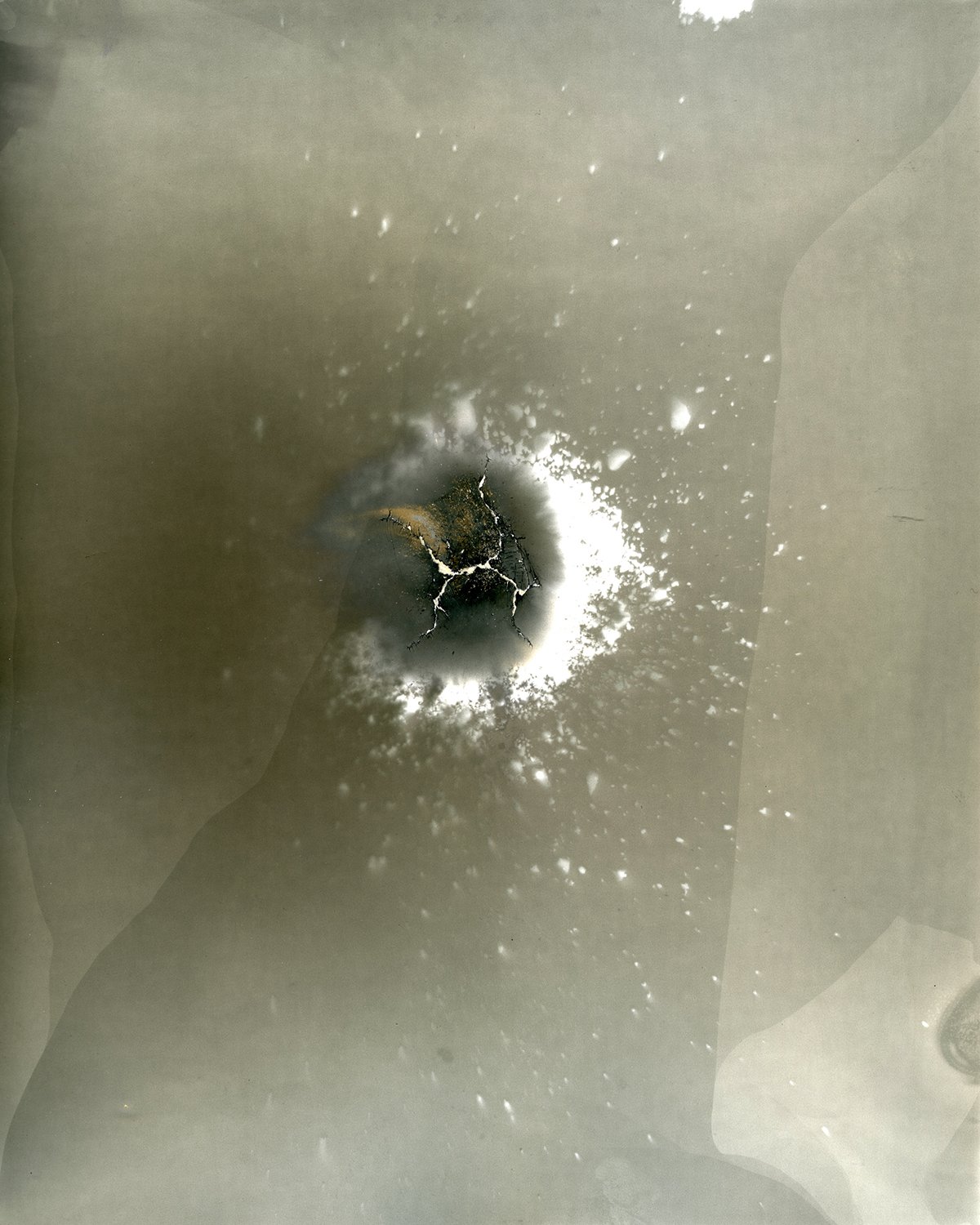
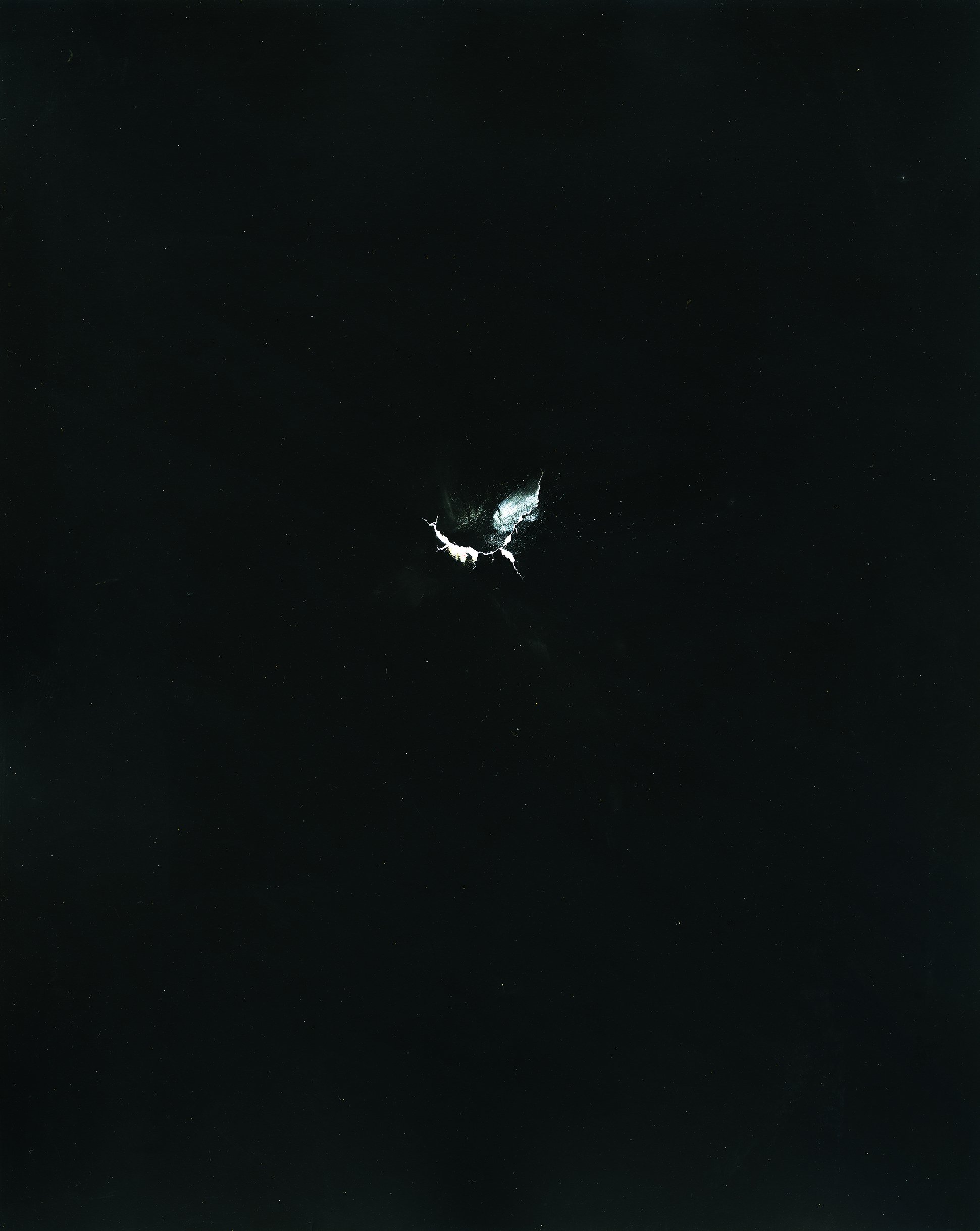
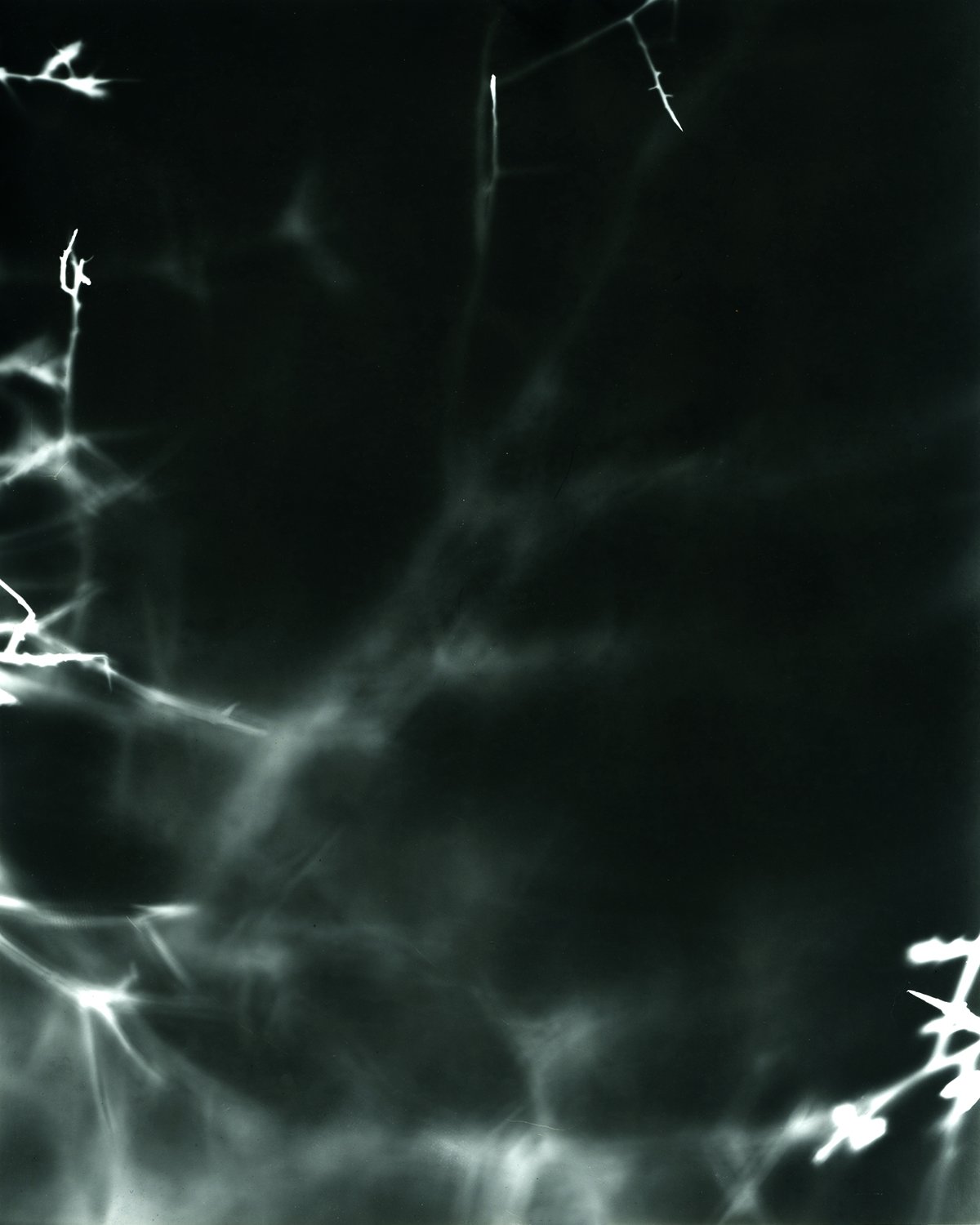
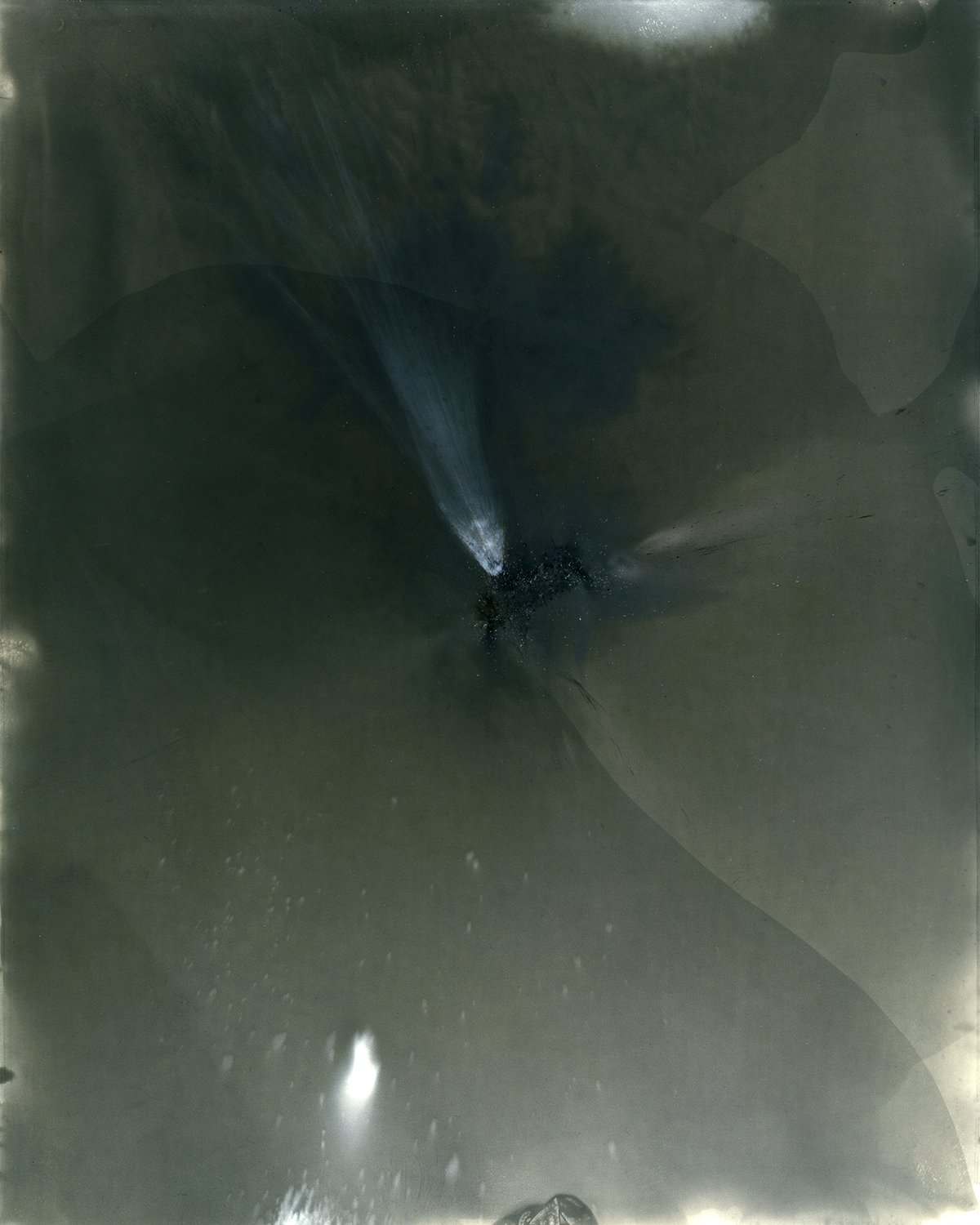
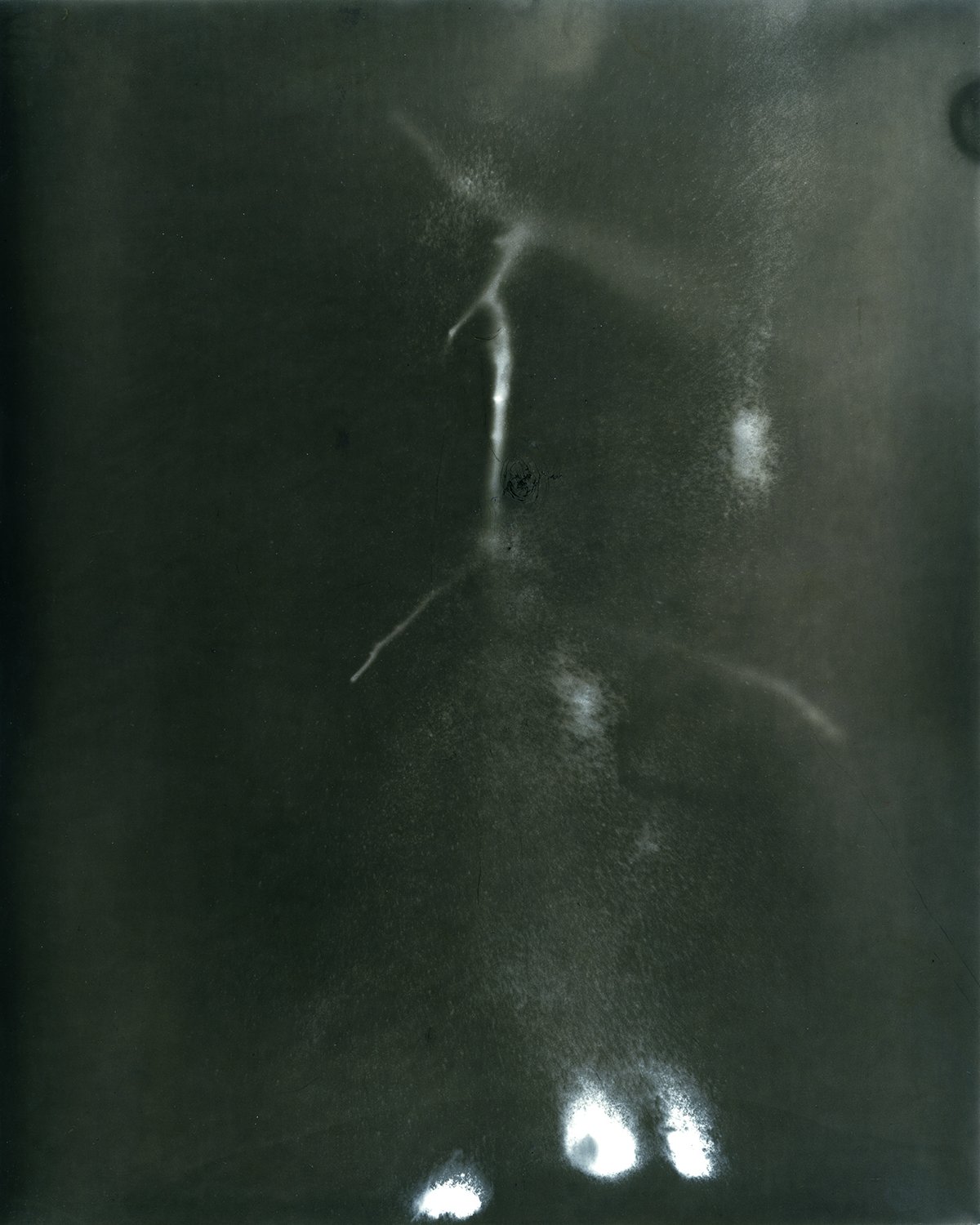
The Process
Photographic paper exposed with explosives resulting in beautiful 10 x 8 inch silver gelatin prints. Need we say more?

















